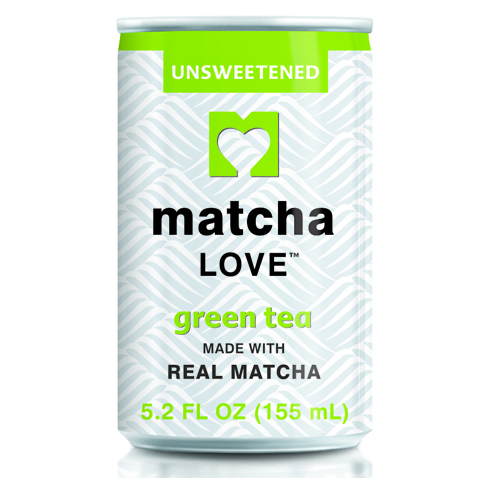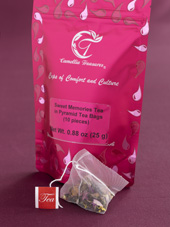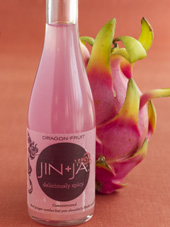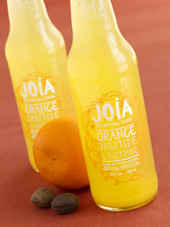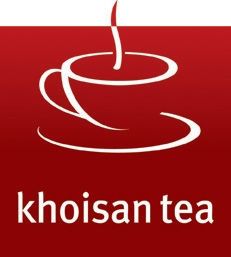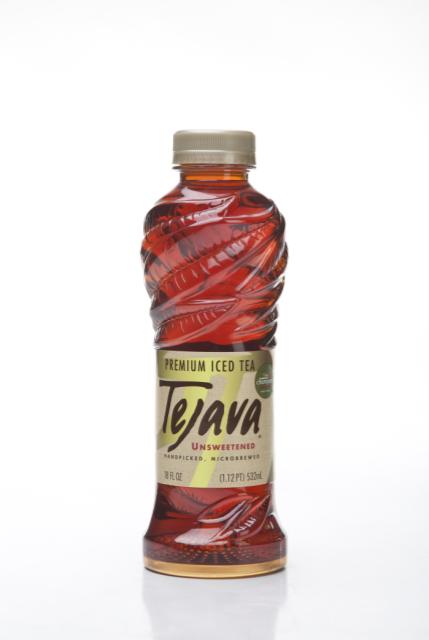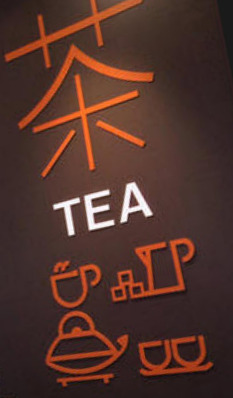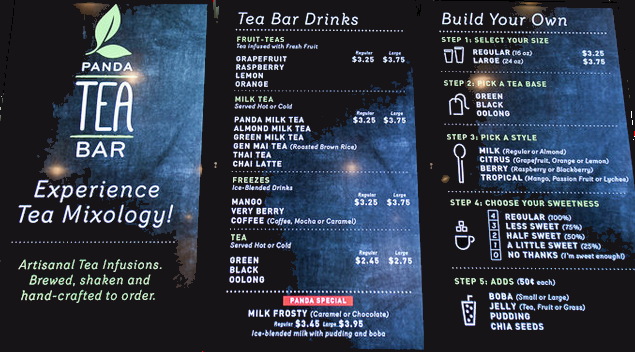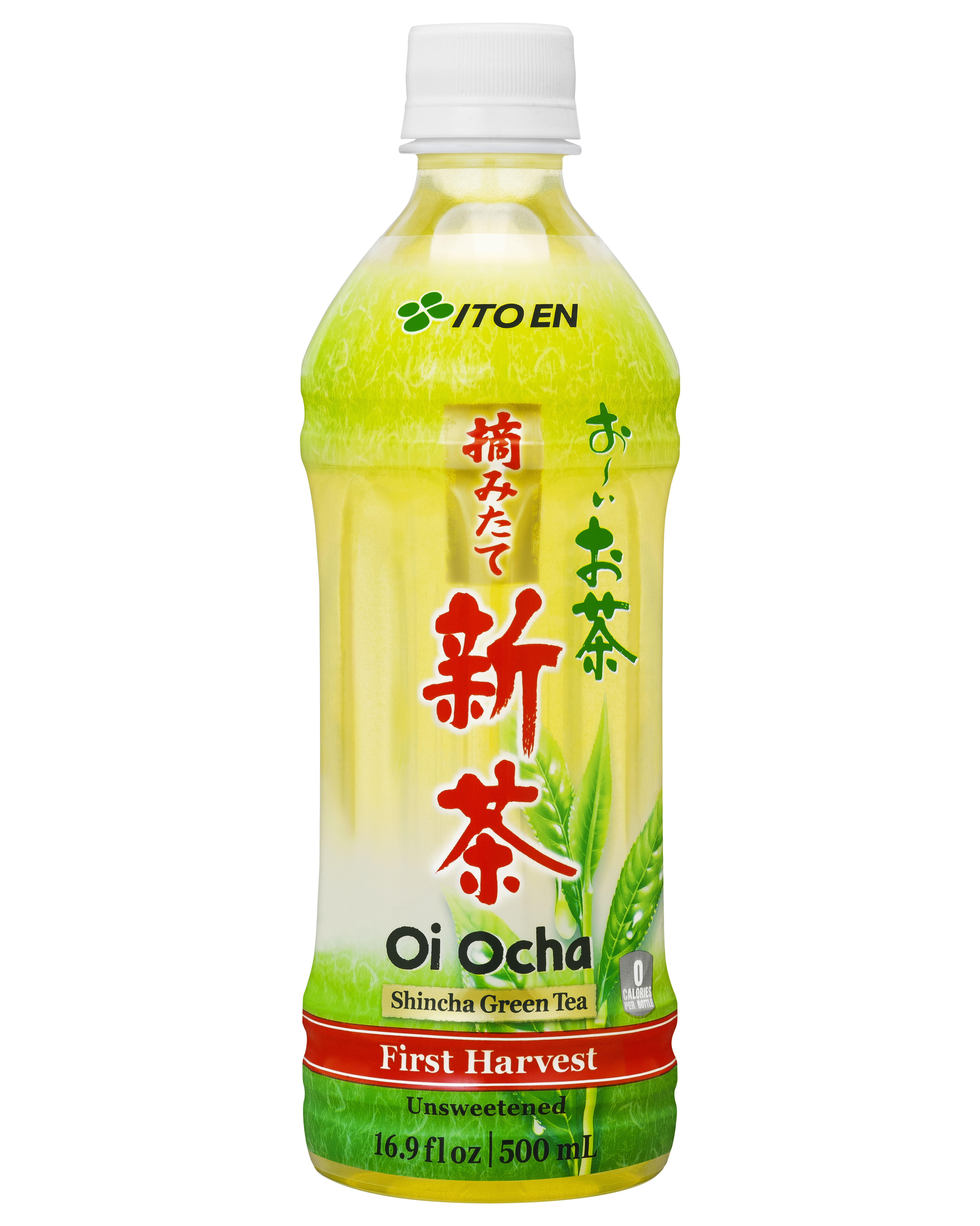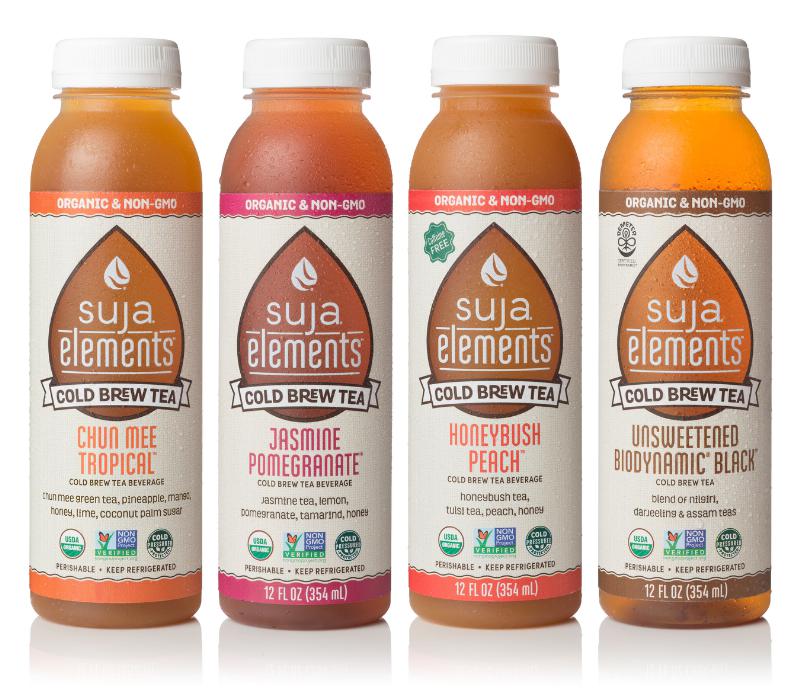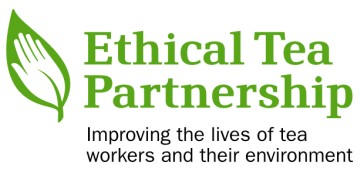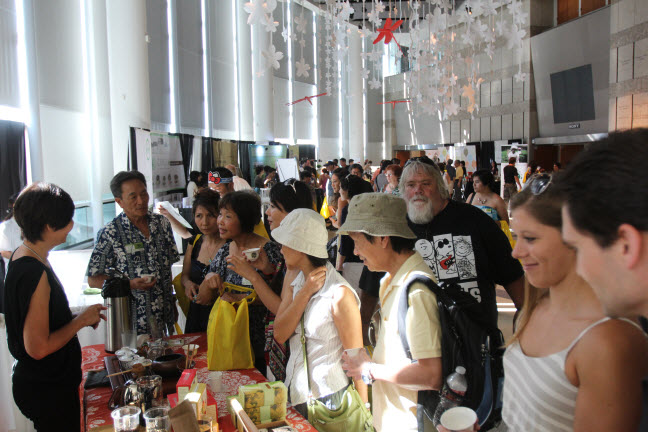
What tea professionals need to start the week of Aug. 18, 2014 —
Crowds at the annual Los Angeles International Tea Festival have doubled in the past few years… the spring harvest evaluation is complete and North American Tea Champions are named… QTrade Tea & Herbs takes home 100th award, the most of any competitor…
Los Angeles International Tea Festival
By Pete Surowski
LOS ANGELES – A crowd of 2,600 tea lovers came to sip and share last weekend at the fourth-annual Los Angeles International Tea Festival.
The two-day event , Aug. 16-17, was organized by Chado Tea Room at the Japanese-American Museum in downtown Los Angeles.
Venders set up booths in the museum’s main hall and in the pedestrian walkway outside the front door in Little Tokyo and spent the weekend pouring tea, demonstrating new products and talking tea with passers-by.
“There are not many places you can go to try new teas,” said attendee Brianna Winner. “This is our once-a-year event where we stock up on teas.”
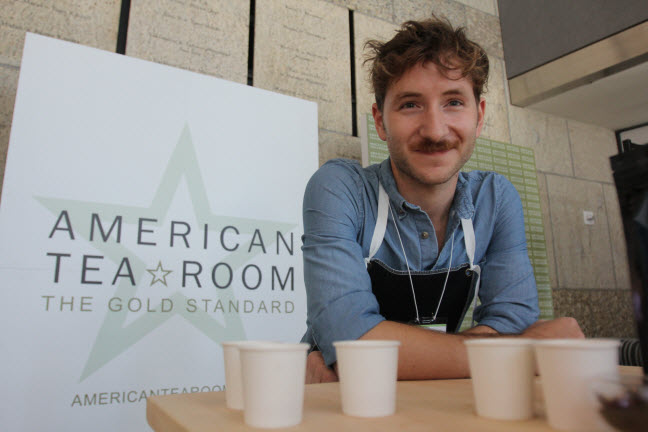
The LA Tea Fest is geared more toward consumers than shows like the World Tea Expo which was held at the Long Beach Convention Center in May, said Tek Mehrteab, the COO of Chado Tea Room, the retail branch of International Tea Importers (ITI) that operates three retail shops selling wet and dry teas in Los Angeles with one shop in Mumbai, India
The event aims to stir interest in tea among consumers and increase the visibility of the venders, according to Mehrteab.
“The more they try, the more they drink, the more they develop (an appreciation for quality tea),” he said: “It’s a win-win (for retailers and consumers).”
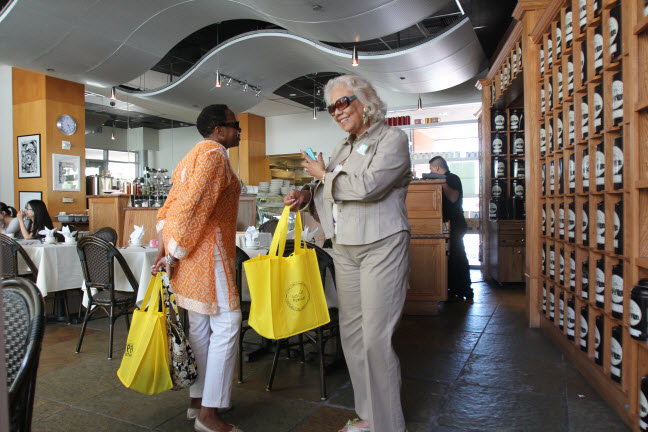
The fest also gave retailers the chance to show new products and get consumer feedback.
American Tea Room, which runs a retail shop in Beverly Hills, unveiled their line of bottled iced teas at the fest and chatted with attendees. “It’s really more convenient for some people,” said Jordan Huxley, the company’s store manager. “Some people want to come in, grab and go.”
The fest is a big benefit for Waterfall Tea Company, another branch of ITI that creates tea products for restaurants, service industries and grocery store shelves, said Jaqueline Sandoval, the business’ operations manager.
“It’s beneficial to get the in-person atmosphere and tell them about your product, especially because we’re very high quality,” she said. “Otherwise we’re just another tea on the shelf.”

The fest has grown since its beginning in 2011 when it had only eight vendors and only about 1,300 visitors over the two days, Mehrteab said.
Over that time, people’s interest in tea seems to have grown, he said.
“You can definitely see in the past four or five years people want to know more about tea,” the organizer said.
Mehrteab hopes to continue to grow the convention with more vendors next year, he said.
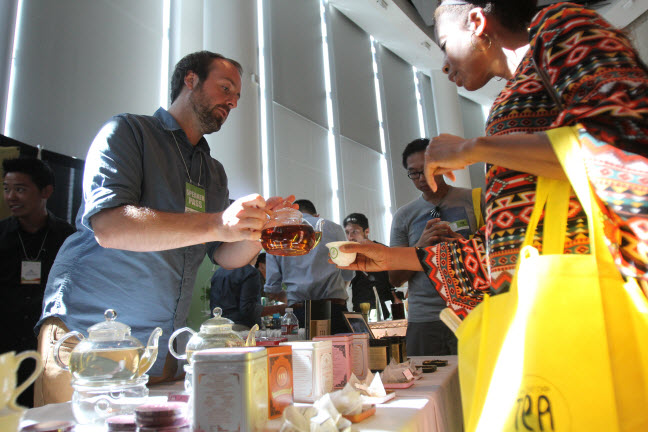
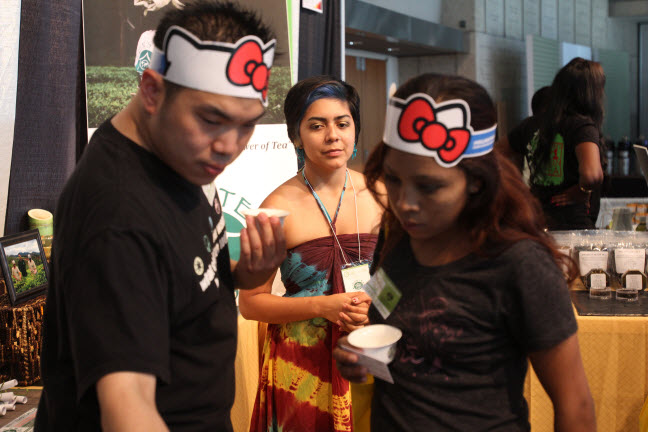
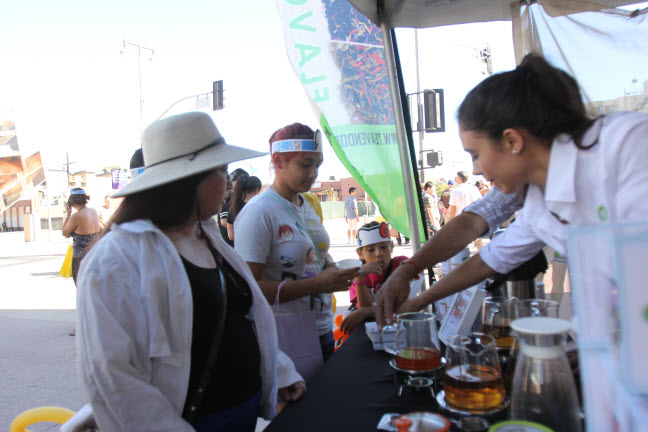
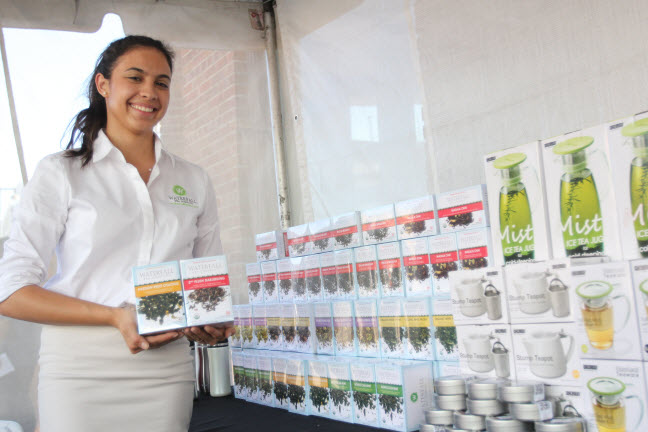
Spring Harvest Champions
LAS VEGAS, Nev. – Fourteen high-quality teas took first-place awards in the spring harvest edition of the North American Tea Championship (NATC).
Judging was July 24 – 25 in Las Vegas, Nev. at the headquarters of The Beverage Group, a division of F+W, organizer of NATC. Winners in several categories will be featured at World Tea Expo May 6 – 8, 2015 at the Long Beach Convention & Entertainment Center in Long Beach, Calif.
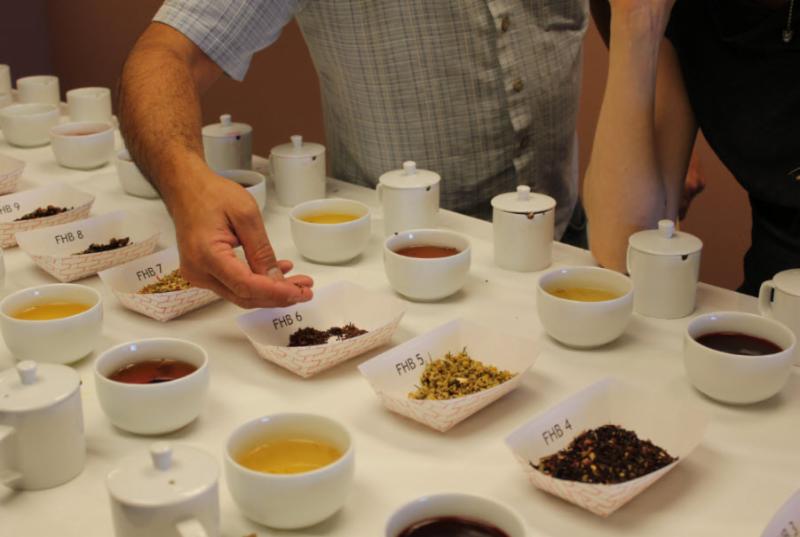
The North American Championship is the only independent competition — evaluated by professional cuppers — to distinguish the highest quality and best tasting teas that are commercially available in the North American marketplace.
“If we can all agree that elevating the quality of teas we — as retailers, packers, importers, etc. — present to consumers is a shared goal, then an event like the North American Tea Championship does an excellent job of turning the spotlight squarely on quality, on features that constitute high quality in many tea and botanical categories, rather than on just what may be trendy and marketable at the moment,” said Lydia Kung, an NATC evaluator, tea buyer and expert with Eastrise Trading Corp./VeriLeaf LLC in Monrovia, Calif.
The competition offers tea companies an opportunity to evaluate their own teas against comparable ones that have earned high marks, said Kung. “We may not all use the same terms to describe teas, but nothing beats actually sipping a good tasting, high-quality tea and storing that in our palate memory,” she said.
NATC judges reviewed every submission via blind and organoleptic analysis evaluating dry leaf, brewed flavor, brewed color, brewed aroma, brewed mouth feel and brewed harmony. An overall numerical value on a 100-point scale was then calculated based on the ratings of each characteristic, and winning teas were determined by rank.
One important discussion amongst judges over the two days of NATC evaluations was how to provide more feedback to entrants about their teas, regardless of whether the teas scored high or low.
“As each round was cupped, we continually returned to category definitions, refining our understanding of features that define excellent tasting teas and how to characterize them,” said Kung. “If scores were low, or in instances where a tea was disqualified, we again considered the criteria for that group and considered factors — such as improper storage — that diminished the teas.”
Organizers are also weighing procedures that will lead to greater transparency on scoring to help NATC entrants — along with those who read the results. The goal is reinforce what entrants have been doing right or revise practices to improve standards, all steps that will eventually benefit the consumer, said Kung.
First Place winners include:
(Category| Winning Tea| Company | Location):
Blended Green Tea
Matcha Infused Genmaicha
Aiya America, Torrance, Calif.
Ceylon Tea
Ceylon Sapphire
QTrade Teas & Herbs, Cerritos, Calif.
Darjeeling Tea
Organic Darjeeling Jungpana Wonder Muscatel, 2nd flush
Florapharm Tea USA LP, Hinesville, Ga.
Dragonwell Tea
Dragonwell’s Gold
QTrade Teas & Herbs, Cerritos, Calif.
Flavored Fruit Blend
Garcina Corvina
QTrade Teas & Herbs, Cerritos, Calif.
Flavored Green Tea
Mango/Mirabelle
Dethlefsen & Balk Inc., Aurora, Ill.
Flavored Herbal Blends
O.M.G (Orange Mango Ginger)
QTrade Teas & Herbs, Cerritos, Calif.
Flavored White Tea
Organic Orange Ginger White Tea
Waterfall Tea Company, Pico Rivera, Calif.
Matcha
Premium Matcha
Aiya America, Torrance, Calif.
Pan-Fired Green Tea
Illohyang
AMORE PACIFIC OSULLOC, New York City
Sencha
Sencha Supreme
International Tea Importers, Pico Rivera, Calif.
Steamed Green Tea
Premium Gyokuro
Aiya America, Torrance, Calif.
Unflavored Herbal Blends
Refreshment
Florapharm Tea USA LP, Hinesville, Ga.
White Tea
White Peony by Fang Shoulong
Dewdrop Tea, Naperville, Ill.
A complete list of first-, second- and third-place winners is available at TeaChampionship.com. To learn more visit TeaChampionship.com and WorldTeaExpo.com.
Undisputed Champions
QTrade Teas & Herbs has entered its innovative line of teas and herbs since the first North American Tea Championship, winning more prizes than any other company and proving that persistence and excellence pays.
“We have most professional tea team in North America with more than 150 years tea experience amongst our staff,” said founder Manik Jayakumar. “Our staff is are able to taste and evaluate all teas we directly import,” he said.
Counting its wins in the NATC’s Spring Harvest Evaluation QTrade has earned 100 prizes with an impressive breadth of first-place wins and has placed in the top tier in every tea category.
“Ceylon, Darjeeling, Assam… Japanese teas, Chinese pan-fired white tea, Jasmine teas we have won in every category,” said Jayakumar whose firm is the largest supplier of organic and Fair Trade certified teas in North America. The firm imports tea and a vast assortment of herbs for blending direct from the countries where it trades, explains Jayakumar.
“We visit all origins regularly and have great relationships with producers,” he said.
? ? ?

Back now after a relaxing vacation with lots of catching up to do. Here I am fishing the Metolius River near Redmond, Ore. It was was great fun.
? ? ?
Tea Biz serves a core audience of beverage professionals in the belief that insightful journalism informs business decision-making. Tea Biz reports what matters along the entire supply chain, emphasizing trustworthy sources and sound market research while discarding fluff and ignoring puffery.
Tea Biz posts are available to use in your company newsletter or website. Purchase reprint and distribution rights for single articles or commission original content. Click here for details.


